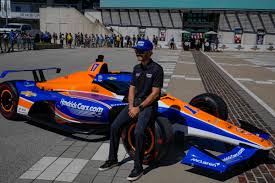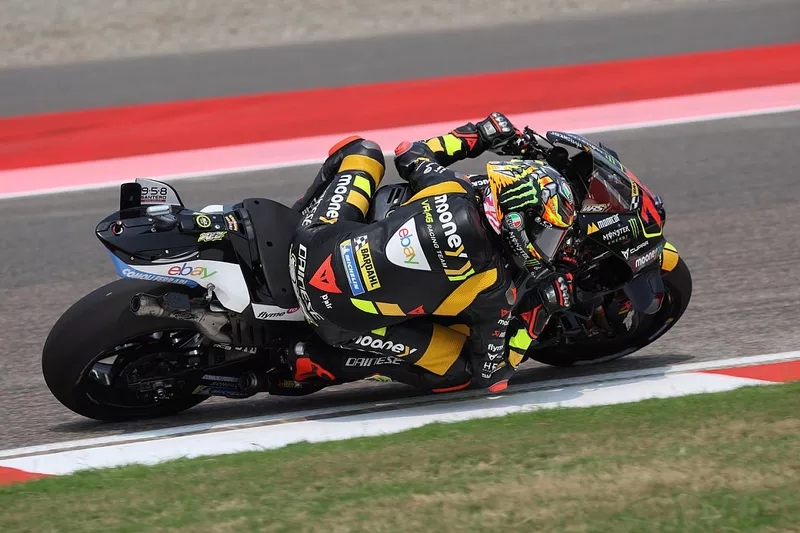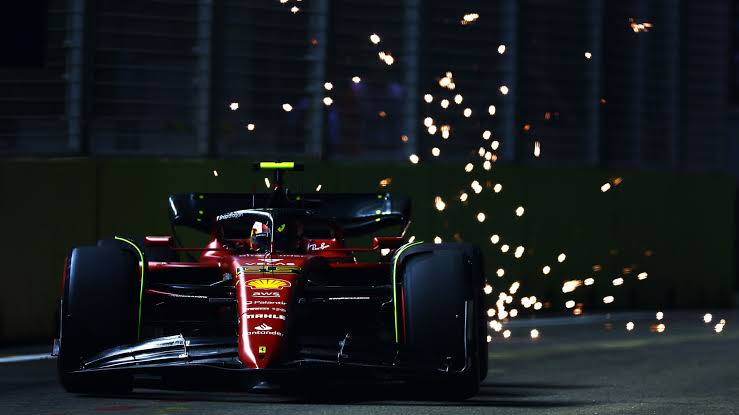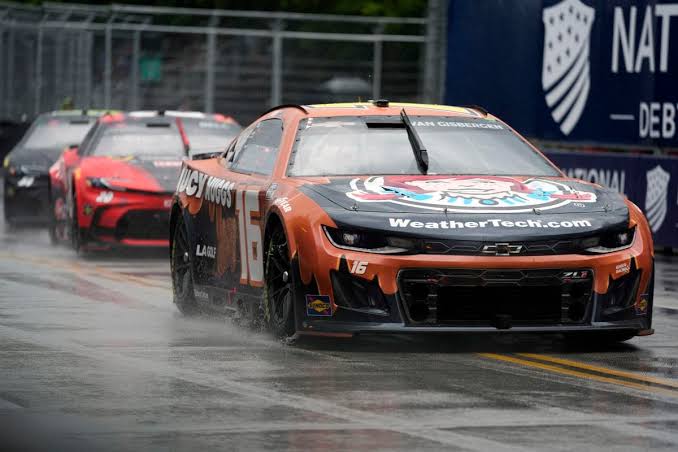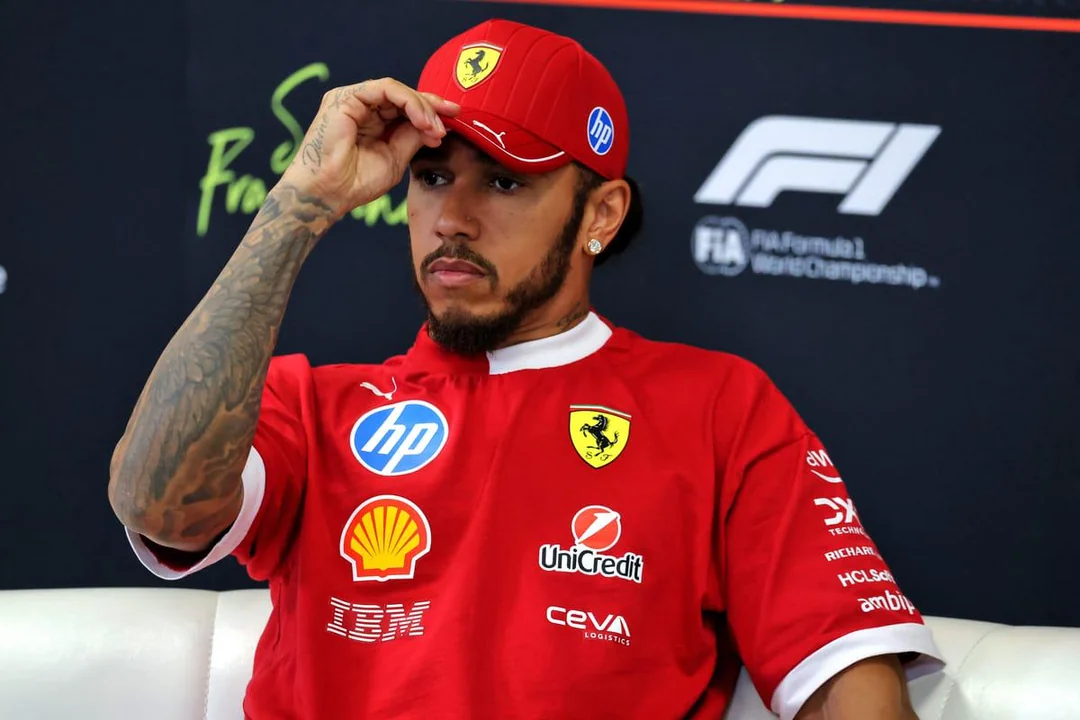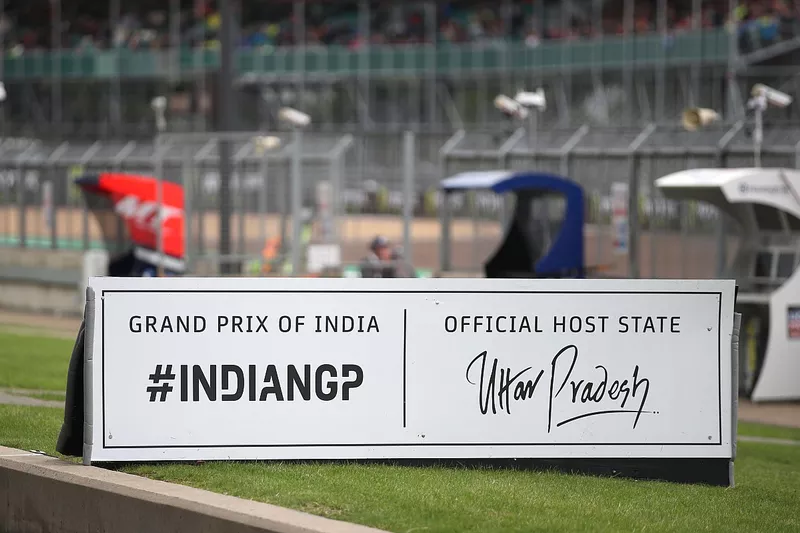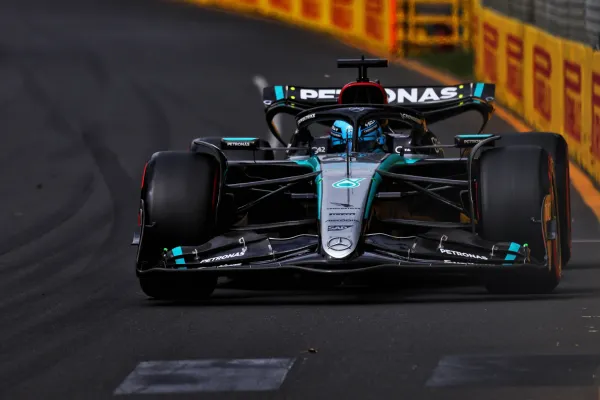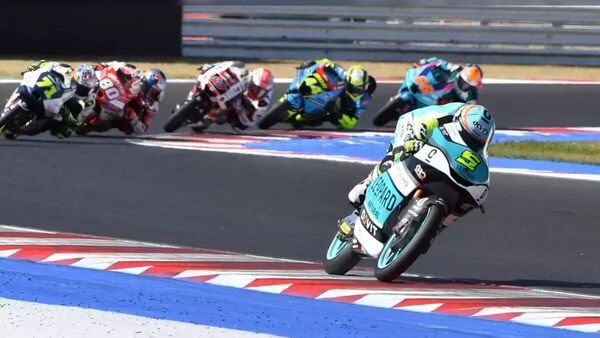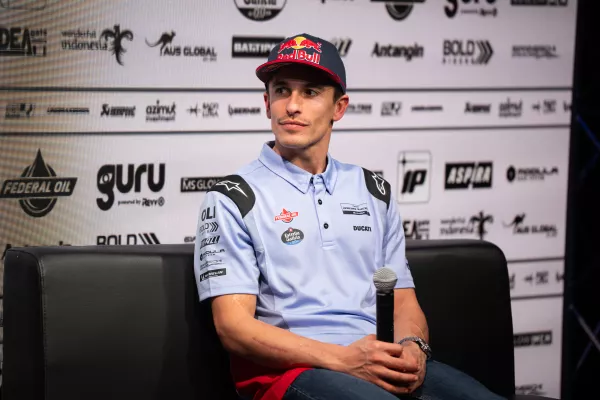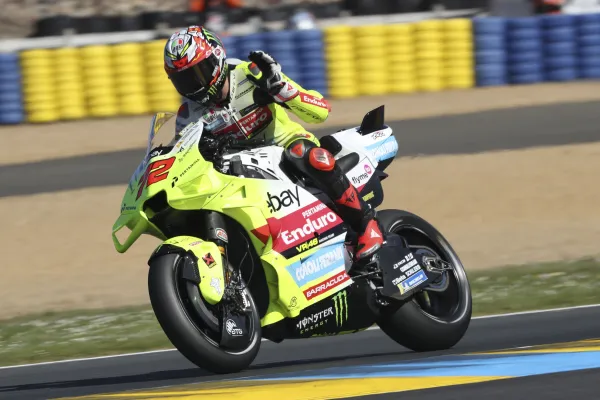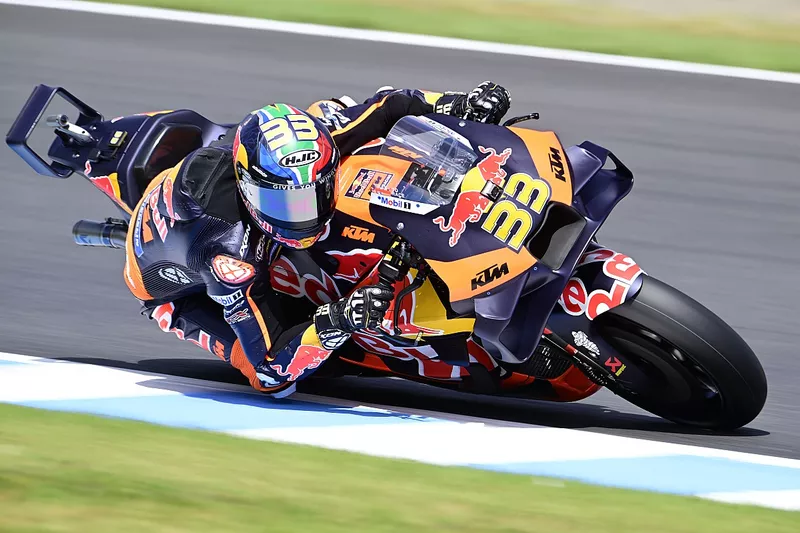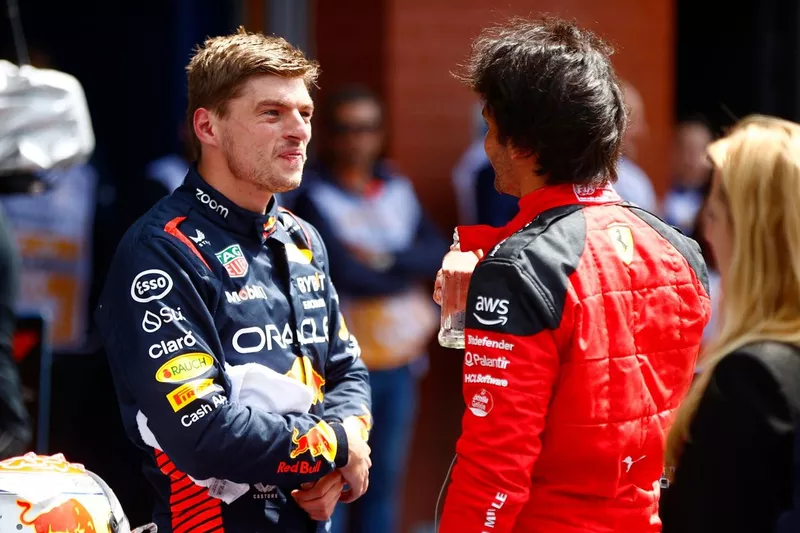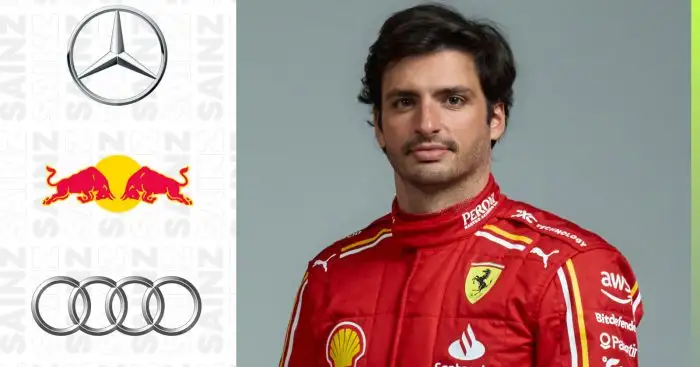Norris Sets The Pace In Bahrain FP1: A Benchmark Established
The 2025 Formula 1 Bahrain Grand Prix kicked off with an electrifying first practice session (FP1), where McLaren’s Lando Norris stole the show by setting the fastest time. Norris’s remarkable performance not only underscored his team’s potential but also highlighted the challenges faced by other drivers in the scorching Bahrain heat. This article delves into the intricacies of FP1, analyzing Norris’s success and the broader implications for the upcoming race.
Introduction to FP1
FP1 is a pivotal session for teams to assess their car’s performance and make necessary adjustments before the qualifying rounds. In Bahrain, the session was marked by high temperatures, which posed significant challenges for drivers and their cars. The heat not only affected tire performance but also impacted the overall balance of the vehicles.
Lando Norris, driving for McLaren, emerged as the standout performer, posting a time of 1:33.204. This impressive lap was more than two tenths quicker than Alpine’s Pierre Gasly, who secured the second spot. Ferrari’s Lewis Hamilton completed the top three, despite expressing dissatisfaction with his car’s balance, attributing it to the tires rather than the car itself.
Norris’s Dominance
Norris’s dominance in FP1 was a testament to McLaren’s hard work and strategic approach. His ability to navigate the challenging conditions and push his car to its limits showcased his skill and adaptability as a driver. The session also highlighted the competitive nature of the current F1 grid, with several teams and drivers vying for top positions.
Challenges Faced by Other Drivers
While Norris enjoyed a successful session, other drivers faced various challenges. Hamilton’s dissatisfaction with his car’s balance was echoed by Liam Lawson, who described his car’s handling as “shocking.” These issues were not isolated, as many drivers struggled with tire performance and car balance due to the extreme heat.
Frederik Vesti, driving for Mercedes, experienced multiple lock-ups during his runs, emphasizing the difficulties in maintaining control under such conditions. Meanwhile, Esteban Ocon reported that his car was pulling to one side on the straights, indicating a need for adjustments to the steering.
Rookie Performance
FP1 also featured six rookie drivers, including Luke Browning, who was the highest-placed among them in 13th position. The session provided valuable experience for these newcomers, allowing them to familiarize themselves with the track and their cars under race conditions.
Implications for the Race
The performance in FP1 sets the stage for the rest of the weekend. Teams will analyze the data collected during this session to make crucial adjustments to their cars. Norris’s strong start could put pressure on other teams to improve their setups, especially considering the tight competition at the top.
Technical Insights
From a technical standpoint, FP1 highlighted the importance of tire management and aerodynamic efficiency. Teams that managed to find a better balance between speed and tire durability were more successful. Norris’s performance was partly due to McLaren’s effective tire strategy, which allowed him to maintain consistent pace throughout the session.
The session also underscored the role of data analysis in modern F1. Teams rely heavily on data from practice sessions to fine-tune their cars. This includes analyzing telemetry data to optimize engine performance, studying tire wear patterns to decide on the best tire compounds, and using wind tunnel data to refine aerodynamic setups.
Fan Engagement and Media Coverage
The Bahrain Grand Prix is not just about the racing; it’s also a spectacle that captivates fans worldwide. The event is covered extensively by media outlets, providing fans with real-time updates and insights into the strategies employed by teams.
Social media platforms play a crucial role in enhancing fan engagement, allowing fans to interact with drivers and teams directly. This interaction not only boosts fan morale but also provides valuable feedback for teams on how to improve their engagement strategies.
Additional Insights: F1 Team Strategies
F1 teams employ a variety of strategies to stay competitive. These include:
-
Aerodynamic Development: Teams continually work on improving their car’s aerodynamics to enhance speed and handling. This involves extensive wind tunnel testing and computational fluid dynamics (CFD) simulations.
-
Tire Management: Managing tire wear is crucial in F1. Teams must balance speed with tire durability to ensure they can maintain pace throughout the race.
-
Engine Performance: Engine power is a significant factor in F1. Teams invest heavily in engine development to gain an edge over their competitors.
-
Data Analysis: Modern F1 is heavily reliant on data analysis. Teams use sophisticated software to analyze telemetry data, optimize car setups, and predict race outcomes.
These strategies, combined with skilled drivers like Norris, are what make F1 such a compelling and competitive sport.
The Role of Technology in F1
Technology plays a pivotal role in F1, from advanced materials used in car construction to sophisticated electronic systems that control engine performance and aerodynamics. The use of advanced materials like carbon fiber allows for lightweight yet incredibly strong cars, while electronic systems ensure precise control over engine and gearbox functions.
In addition, technologies like DRS (Drag Reduction System) and advanced tire compounds have significantly impacted the sport. DRS allows drivers to temporarily reduce drag and gain speed, promoting overtaking and enhancing the spectacle of the race.
Fan Engagement and Community Building
F1 has a vibrant fan community that extends beyond the race track. Fans engage with the sport through various channels, including social media, live events, and online forums. The sport’s global appeal is enhanced by its ability to connect fans across different cultures and regions.
Teams and drivers actively participate in fan engagement activities, such as meet-and-greets and autograph sessions, which help build a strong bond between the fans and the sport. This engagement not only boosts fan morale but also provides valuable feedback for teams on how to improve their engagement strategies.
In conclusion, the Bahrain Grand Prix is more than just a race; it’s a culmination of technological innovation, strategic brilliance, and fan enthusiasm. As the season progresses, these elements will continue to shape the narrative of F1, making it one of the most captivating sports globally.
Conclusion
Lando Norris’s impressive performance in FP1 has set a high benchmark for the 2025 Bahrain Grand Prix. As teams continue to refine their strategies and car setups, the competition is expected to intensify. The challenges faced by drivers like Hamilton and Lawson highlight the importance of adapting to track conditions, a skill that will be crucial in determining the race’s outcome.
In the days leading up to the race, teams will focus on optimizing their cars for the qualifying session and the race itself. This includes fine-tuning engine performance, adjusting aerodynamic settings, and selecting the most suitable tire compounds. The ability to adapt quickly to changing conditions will be key to success in Bahrain.
As the weekend unfolds, fans can expect a thrilling competition filled with strategic battles and high-speed action. Whether it’s Norris maintaining his lead or other drivers mounting a comeback, the Bahrain Grand Prix promises to be an eventful and captivating race.


